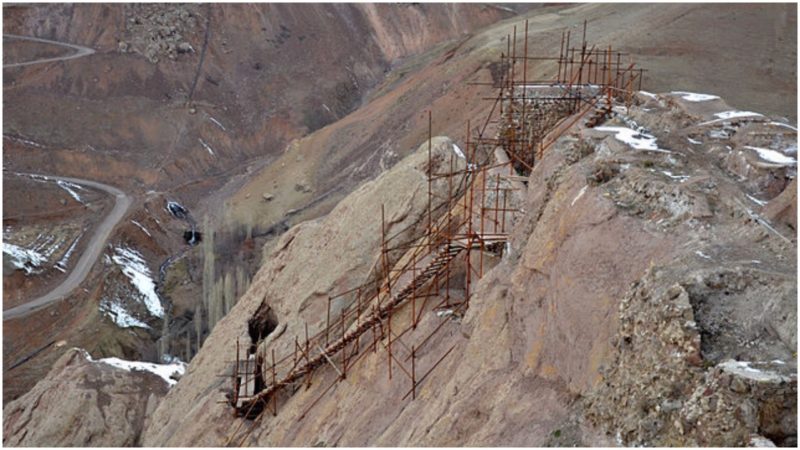In the high rocky Alborz Mountains in Qazvin province, Iran, lies one outstanding story in the ruins of the medieval Alamut castle. Today the entire region seems like it is frozen in time and forgotten by the rest of the world, but in the past, Alamut castle, which more looked like a fortress, shaped the course of human history. The fortress is long gone and now only the ruins of the mighty stronghold remain on the top of the mountain’s peak.
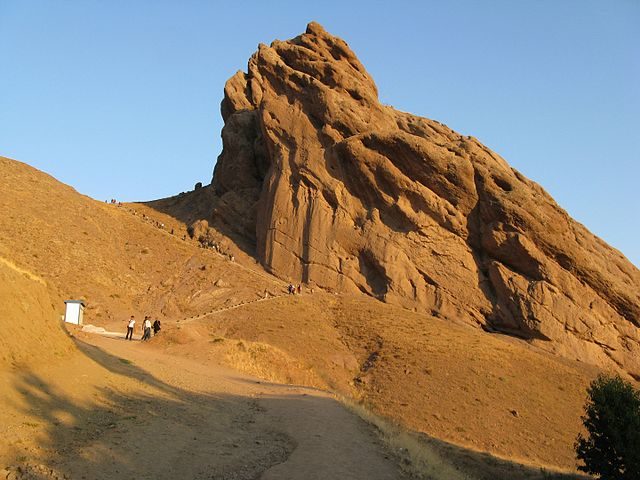
The castle was headquarters of the Hashshashins (Assassins). These powerful mercenaries were responsible for the fate of many kingdoms and empires and their actions brought fear, panic, and death. Many rulers in Europe, Asia, and Africa during the medieval period were frightened just at the mention of the Assassins and their legendary leader and founder.

The castle was built to look like an eagle’s nest and its impressive location gives stunning eagle-eye views of the beautiful surrounding landscape, especially of the endless green valley. Its name was given by a Persian king. While he was hunting in the area he saw a very big eagle landing on a rock at the top of the remote mountain. The king took it as a sign from God and approached the place with his men. He realized that it had a unique strategic position and decided to build a castle there. The castle was named “Alamut,” which means “Eagle’s Nest.”
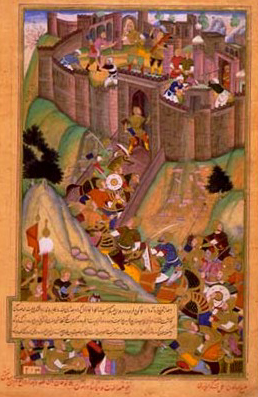
Approximately 200 hundred years later Hassan-i Sabbah came in the area. He was a devoted believer in the teachings of the Ismailism, an esoteric branch of Shia Islam, that was oppressed by the ruling Seljuk Empire. After being exiled from the Persian court, he escaped to these remote areas of Northern and Eastern Iran mainly because these areas were inhabited by Ismaili Shia. Over the next two years, he hid from the Sunni Seljuk forces camouflaged as a spiritual teacher. During this time he succeed in convincing the locals to join his silent revolt against the oppressors.
That was an easy task because they were already frustrated by the heavy new taxes. A few of the villagers who became followers of the ideas of Hassan-i Sabbah entered in the castle of Alamut to work as guards. Soon all of the castle guards and almost all of the castle staff were under his command. In 1090, Hassan-i Sabbah took over the castle with minimal fatalities. The former ruler of the stronghold was paid money, removed from the throne, and left the region. Hassan-i Sabbah declared himself as Sheik el Jebel (Lord of the Mountains) and started an open rebellion against the Seljuks.
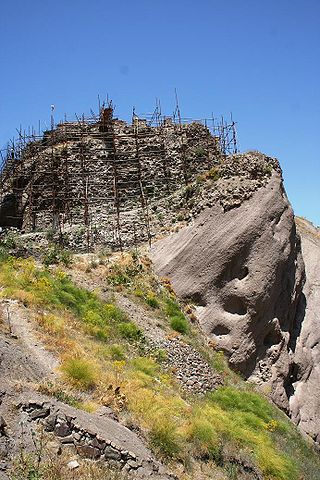
In the following years, he improved the defense and irrigation system of the castle and made it the production of the food to be independent. Within the castle walls were constructed a huge library and a teaching center for alchemy, philosophy, astronomy, and mathematics. To protect his position he ordered the construction of several other castles in Northern Iran. Thus a vast territory totally free of the Seljuk Empire was created. His followers believed that he was one of the prophets. Hassan-i Sabbah became a legendary figure known as “the old man from the mountain.”
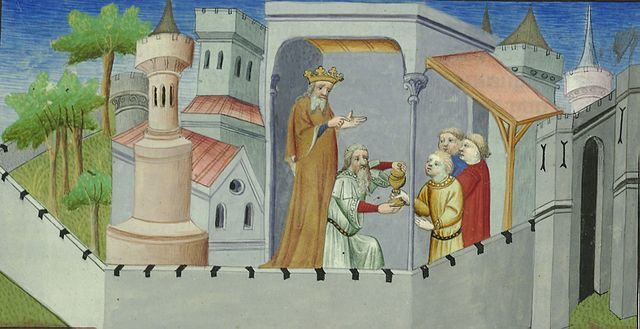
His main and deadly weapon were the mysterious professional mercenaries. They were trained to infiltrate and kill people who held crucial positions of authority. The Grand Vizier Nizam al Mulk was murdered by one of his killers and after that, the Seljuk Empire entered into chaos. His successors continued with this practice of sending killers to their enemies. The historic documents show that over more than 300 years, the Hashshashins executed 2 caliphs, many sultans, viziers and important Crusaders commanders. For example, Sir Conrad of Montferrat, Crusader King of Jerusalem, was killed by one of this warriors. Sultan Saladin and King Edward I of England had luck and survived the attack of the Hashshashins.
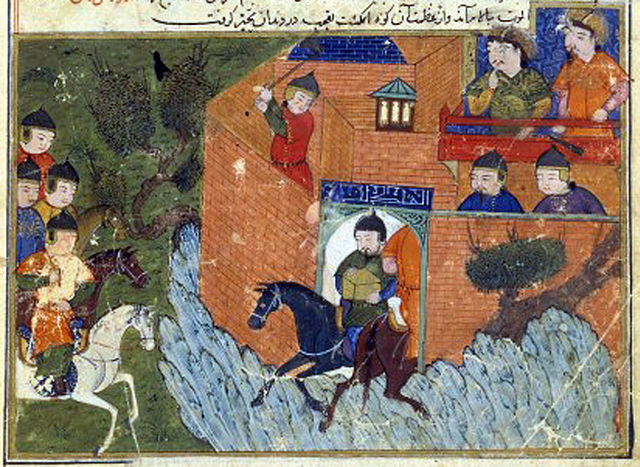
His fearless, cold-blooded killers were called by his enemies Hashshashins, indicating that they were only brainwashed hashish abusers who followed Hassan’s orders. The legend says that he motivated them by promising a place in heaven. After giving them a huge amount of hashish they were taken to a secret garden where he showed them the paradise: rivers of wine and honey, palm trees, virgin girls… Historians, without doubt, are agreed that this was an exaggeration of the historical facts.
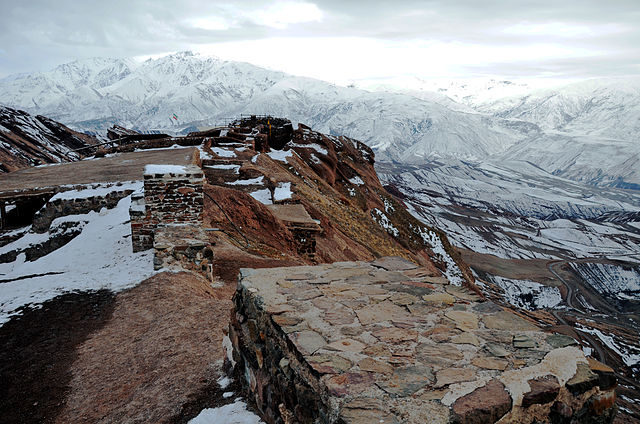
In the middle of 13th century, the Alamut Castle and nearly all of the Hashshashins’ castles were destroyed during the invasion of the Mongols. Their kingdom ended and some of the Hashshashins continued to operate in secrecy, which made them all the more legendary. The castle is in a phase of reconstruction by the local authorities and it can be approached by climbing the many steps that lead to this legendary place.
